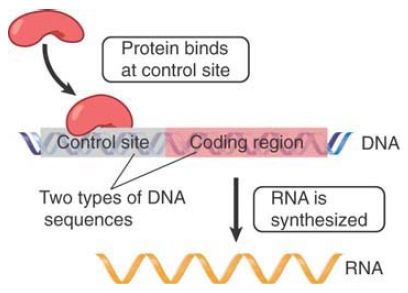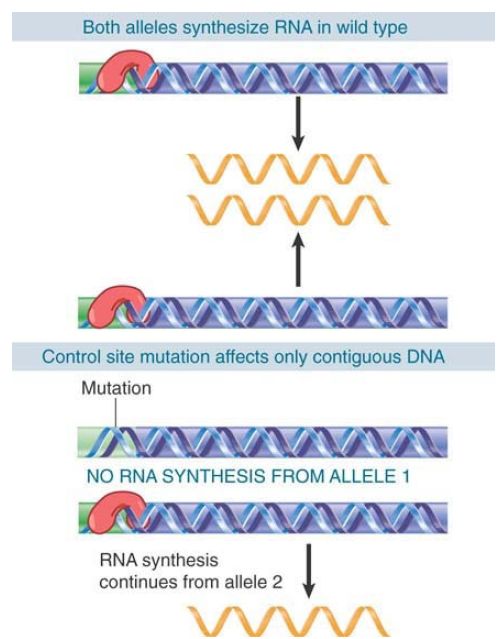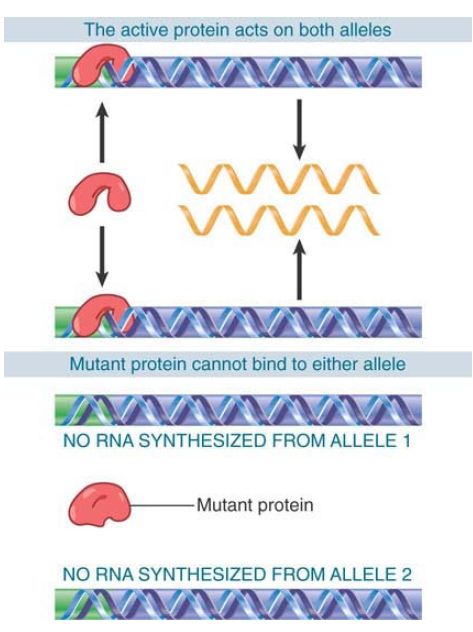

النبات

مواضيع عامة في علم النبات

الجذور - السيقان - الأوراق

النباتات الوعائية واللاوعائية

البذور (مغطاة البذور - عاريات البذور)

الطحالب

النباتات الطبية


الحيوان

مواضيع عامة في علم الحيوان

علم التشريح

التنوع الإحيائي

البايلوجيا الخلوية


الأحياء المجهرية

البكتيريا

الفطريات

الطفيليات

الفايروسات


علم الأمراض

الاورام

الامراض الوراثية

الامراض المناعية

الامراض المدارية

اضطرابات الدورة الدموية

مواضيع عامة في علم الامراض

الحشرات


التقانة الإحيائية

مواضيع عامة في التقانة الإحيائية


التقنية الحيوية المكروبية

التقنية الحيوية والميكروبات

الفعاليات الحيوية

وراثة الاحياء المجهرية

تصنيف الاحياء المجهرية

الاحياء المجهرية في الطبيعة

أيض الاجهاد

التقنية الحيوية والبيئة

التقنية الحيوية والطب

التقنية الحيوية والزراعة

التقنية الحيوية والصناعة

التقنية الحيوية والطاقة

البحار والطحالب الصغيرة

عزل البروتين

هندسة الجينات


التقنية الحياتية النانوية

مفاهيم التقنية الحيوية النانوية

التراكيب النانوية والمجاهر المستخدمة في رؤيتها

تصنيع وتخليق المواد النانوية

تطبيقات التقنية النانوية والحيوية النانوية

الرقائق والمتحسسات الحيوية

المصفوفات المجهرية وحاسوب الدنا

اللقاحات

البيئة والتلوث


علم الأجنة

اعضاء التكاثر وتشكل الاعراس

الاخصاب

التشطر

العصيبة وتشكل الجسيدات

تشكل اللواحق الجنينية

تكون المعيدة وظهور الطبقات الجنينية

مقدمة لعلم الاجنة


الأحياء الجزيئي

مواضيع عامة في الاحياء الجزيئي


علم وظائف الأعضاء


الغدد

مواضيع عامة في الغدد

الغدد الصم و هرموناتها

الجسم تحت السريري

الغدة النخامية

الغدة الكظرية

الغدة التناسلية

الغدة الدرقية والجار الدرقية

الغدة البنكرياسية

الغدة الصنوبرية

مواضيع عامة في علم وظائف الاعضاء

الخلية الحيوانية

الجهاز العصبي

أعضاء الحس

الجهاز العضلي

السوائل الجسمية

الجهاز الدوري والليمف

الجهاز التنفسي

الجهاز الهضمي

الجهاز البولي


المضادات الميكروبية

مواضيع عامة في المضادات الميكروبية

مضادات البكتيريا

مضادات الفطريات

مضادات الطفيليات

مضادات الفايروسات

علم الخلية

الوراثة

الأحياء العامة

المناعة

التحليلات المرضية

الكيمياء الحيوية

مواضيع متنوعة أخرى

الانزيمات
Proteins Are trans-Acting but Sites on DNA Are cis-Acting
المؤلف:
JOCELYN E. KREBS, ELLIOTT S. GOLDSTEIN and STEPHEN T. KILPATRICK
المصدر:
LEWIN’S GENES XII
الجزء والصفحة:
3-3-2021
3078
Proteins Are trans-Acting but Sites on DNA Are cis-Acting
KEY CONCEPTS
-All gene products (RNA or polypeptides) are transacting. They can act on any copy of a gene in the cell.
-cis-acting mutations identify sequences of DNA that are targets for recognition by trans-acting products. They are not expressed as RNA or polypeptide and affect only the contiguous stretch of DNA.
A crucial progression in the definition of the gene was the realization that all of its parts must be present on one contiguous stretch of DNA. In genetic terminology, sites that are located on the same DNA are said to be in cis. Sites that are located on two different molecules of DNA are described as being in trans. So two mutations might be in cis (on the same DNA) or in trans (on different DNAs). The complementation test uses this concept to determine whether two mutations are in the same gene (see the section Mutations in the Same Gene Cannot Complement earlier
in this chapter). We can now extend the concept of the difference between cis and trans effects from defining the coding region of a gene to describing the interaction between a gene and its
regulatory elements.
Suppose that the ability of a gene to be expressed is controlled by a protein that binds to the DNA close to the coding region. In the example depicted in FIGURE 1, RNA can be synthesized only when the protein is bound to a control site on the DNA. Now, suppose that a mutation occurs in the control site so that the protein can no longer bind to it. As a result, the gene can no longer be expressed.

FIGURE 1. Control sites in DNA provide binding sites for proteins; coding regions are expressed via the synthesis of RNA.
Gene expression can be inactivated either by a mutation in a control site or by a mutation in a coding region. The mutations cannot be distinguished genetically because both have the property of acting only on the DNA sequence of the single allele in which they occur. They have identical properties in the complementation test, so a mutation in a control region is defined as comprising part of the gene in the same way as a mutation in the coding region.
FIGURE 2. shows that a deficiency in the control site affects only the coding region to which it is connected; it does not affect the ability of the homologous allele to be expressed. A mutation that acts solely by affecting the properties of the contiguous sequence of DNA is called cis-acting. It should be noted that in many eukaryotes the control region can influence the expression of DNA at some distance, but nonetheless the control region is on the same DNA molecule as the coding sequence.

FIGURE 2. A cis-acting site controls expression of the adjacent DNA but does not influence the homologous allele.
We can contrast the behavior of the cis-acting mutation shown in Figure 2 with the result of a mutation in the gene encoding the regulatory protein. FIGURE 3 shows that the absence of regulatory protein would prevent both alleles from being expressed. A mutation of this sort is said to be trans-acting.

FIGURE 3. A trans-acting mutation in a gene for a regulatory protein affects both alleles of a gene that it controls.
Reversing the argument, if a mutation is trans-acting, we know that its effects must be exerted through some diffusible product (either a protein or a regulatory RNA) that acts on multiple targets within a cell. However, if a mutation is cis-acting, it must function by directly affecting the properties of the contiguous DNA, which means that it is not expressed in the form of RNA or protein but instead is some alteration in the DNA of the control region itself.
 الاكثر قراءة في مواضيع عامة في الاحياء الجزيئي
الاكثر قراءة في مواضيع عامة في الاحياء الجزيئي
 اخر الاخبار
اخر الاخبار
اخبار العتبة العباسية المقدسة

الآخبار الصحية















 قسم الشؤون الفكرية يصدر كتاباً يوثق تاريخ السدانة في العتبة العباسية المقدسة
قسم الشؤون الفكرية يصدر كتاباً يوثق تاريخ السدانة في العتبة العباسية المقدسة "المهمة".. إصدار قصصي يوثّق القصص الفائزة في مسابقة فتوى الدفاع المقدسة للقصة القصيرة
"المهمة".. إصدار قصصي يوثّق القصص الفائزة في مسابقة فتوى الدفاع المقدسة للقصة القصيرة (نوافذ).. إصدار أدبي يوثق القصص الفائزة في مسابقة الإمام العسكري (عليه السلام)
(نوافذ).. إصدار أدبي يوثق القصص الفائزة في مسابقة الإمام العسكري (عليه السلام)


















